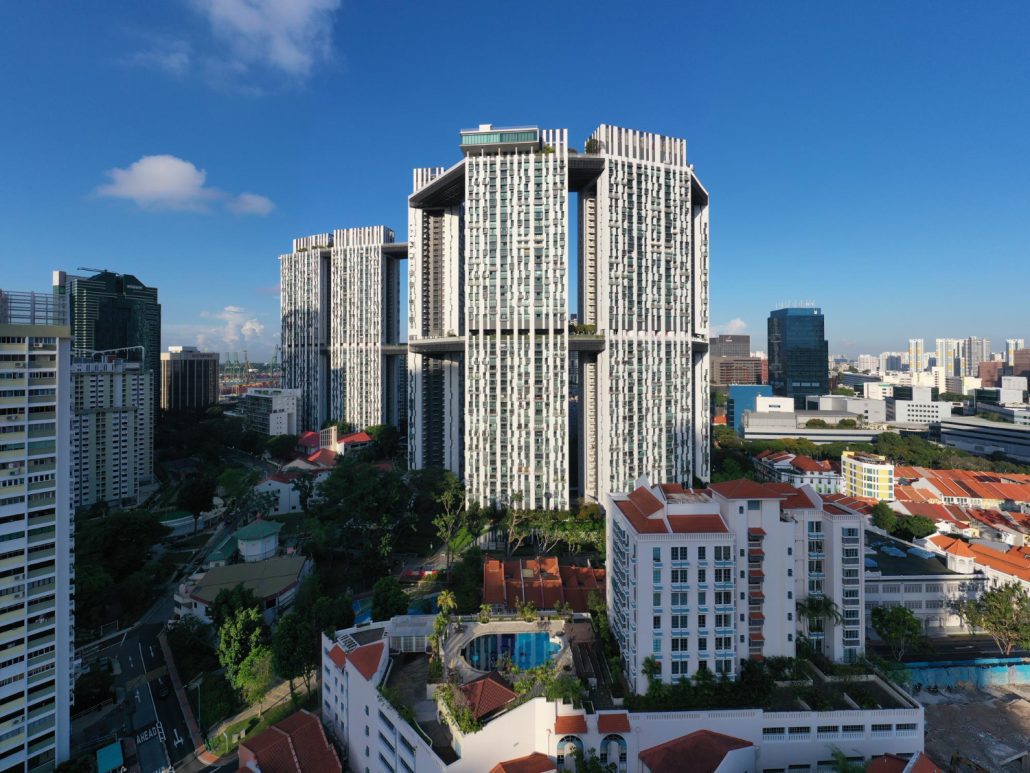
With the launch of the new HDB classification system from the second half of 2024, flats are now categorised into Standard, Plus, and Prime types. This shift aims to enhance housing affordability and equity, particularly in attractive or central locations. However, for prospective buyers, especially those viewing property as part of long-term financial planning, a key consideration is: How do Plus and Prime flats affect resale gains?
This article outlines how the revised policies under the new HDB classification could influence the financial returns from your flat over time.
1. What Are Standard, Plus, and Prime Flats?
| Flat Type | Location | MOP | Resale Restrictions | Subsidy Recovery |
| Standard | All regions, less central | 5 years | Minimal | None |
| Plus | City fringe, near MRTs/schools | 10 years | Income/eligibility criteria apply | Yes |
| Prime | Central, highly desirable | 10 years | Strict resale eligibility | Higher, fixed percentage |
Standard Flats
These are the flats most Singaporeans are familiar with. They’re found in various locations, including both non-mature and some mature estates. It also comes with a 5-year Minimum Occupation Period (MOP). After that, you’re free to sell them on the open market with no extra strings attached.
Plus Flats
Plus flats are located in attractive locations – close to MRT stations, good schools, or near the city fringe. They are more appealing than Standard flats, but not in the ultra-central category. To keep things fair and prevent windfalls, Plus flats come with more restrictions.
Prime Flats
Located in the most coveted spots, like the city centre or upcoming Greater Southern Waterfront. Prime flats come with the highest subsidies, but also the tightest restrictions. These are meant to ensure public housing in prime areas remains accessible to those who truly need it.
The new classification aims to mitigate excessive price appreciation in high-demand locations and ensure public housing remains accessible.
2. How Plus Flats Affect Future Resale Gains
Plus flats are situated in attractive yet not ultra-central areas and come with enhanced subsidies. However, this is balanced by longer occupation periods, subsidy recovery, and targeted resale eligibility criteria.
Extended Minimum Occupation Period (MOP)
Buyers of Plus flats must fulfil a 10-year MOP, compared to 5 years for Standard flats. This longer lock-in period delays the ability to sell or upgrade, limiting liquidity and flexibility for homeowners.
Implication: Reduces short- to mid-term capital realisation opportunities. Limits ability to restructure assets based on changing life or financial circumstances.
Subsidy Recovery Upon Resale
Plus flats come with additional subsidies due to their location. Upon resale, these subsidies are partially recovered through a percentage-based clawback from the resale price.
Example: If a Plus flat is sold at $700,000 with a 10% subsidy clawback rate, the seller must return $70,000 to HDB. This reduces net proceeds despite nominal capital appreciation.
Resale Restrictions Limit Buyer Pool
Only buyers who meet certain eligibility criteria (e.g., Singapore citizen status, income ceiling, no private property ownership) can purchase Plus flats in the resale market. This shrinks the potential buyer base, potentially dampening demand and resale value.
This results in slower resale velocity and possible price suppression due to constrained demand.
3. How Prime Flats Impact Your Financial Strategy

Prime flats are located in the most desirable regions (e.g., city centre, Greater Southern Waterfront) and are heavily subsidised. However, resale gains are significantly curtailed due to tighter policies.
High Subsidy Recovery Requirement
Prime flats feature a fixed subsidy recovery rate, applied as a percentage of the eventual resale price. This means that even modest resale profits are subject to proportionally high deductions.
Example: Selling a Prime flat for $850,000 with a 10% clawback results in $85,000 being returned to HDB. The effective net gain is substantially lower than the gross appreciation.
Strict Resale Eligibility Conditions
Prime flats have the most stringent resale conditions:
- Buyer must be a Singapore citizen
- Must fall under the HDB income ceiling
- Cannot own or have recently sold a private property (within 30 months)
The restricted demand base reduces price competition and limits upside for resale pricing.
4. Pros and Cons of Purchasing Plus or Prime Flats
| Pros | Cons |
| Affordable access to desirable areas | Resale profits are clawed back |
| Ideal for long-term owner-occupiers | 10-year MOP limits flexibility |
| Encourages community stability | Smaller resale buyer pool |
| Slows down price inflation in central areas | Less ideal for capital gains or asset progression |
5. Strategic Considerations for Buyers
Long-Term Owner-Occupiers
Plus or Prime flats may be suitable for individuals or families prioritising stability, centrality, and long-term residence.
These flats offer subsidised entry into attractive locations with community infrastructure.
Asset Progression Planners
Buyers intending to upgrade or build wealth through property appreciation may find Standard flats more viable, due to shorter MOPs and no resale restrictions.
Retirement and Exit Strategy
For those relying on property to fund retirement or legacy planning, resale restrictions and subsidy clawbacks in Plus and Prime flats can reduce monetisation options.
6. Conclusion: What Should You Do?
The reclassification of HDB flats introduces a new trade-off between location affordability and financial flexibility. Plus and Prime flats are designed to reduce speculative demand and curb outsized gains in high-demand areas. As a result, the resale profits and capital appreciation potential are structurally limited by:
- Extended holding periods
- Subsidy recovery mechanisms
- Resale eligibility restrictions
From a financial strategy standpoint, Standard flats remain the most flexible for wealth accumulation and asset mobility, while Plus and Prime flats prioritise affordability and stability for owner-occupiers.
Want to find the best mortgage rate in town? Check out our free comparison service to learn more!
Read more of our posts below!

